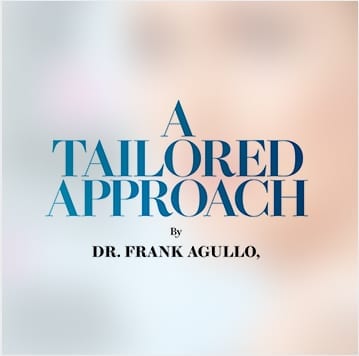May 15, 2015 | Fat Injections, Fat Transfer, Techniques
In Mid-May of 2015, top surgeons for the ASAPS – American Society for Aesthetic Plastic Surgery – met to brainstorm the rapidly evolving method of fat grafting, which offers patients a revolutionary new way to re-sculpt and reshape the areas of the body that even exercise and diet cannot achieve.
Those once-neglected regions of a person’s body, such as the pecks, shoulders, abs and legs, can now achieve stunning definition that was once only available to those who were “born with” great genes.
Being hailed by one plastic surgeon as “liquid gold”, the fat grafting technique enables qualified surgeons to augment, reshape and redefine the anatomy in ways that other previous methods could not achieve. The results are natural looking, minimally invasive and use a patient’s own body tissue, making it less apt to be rejected by the body.
Fat grafting provides a robust, flexible measure of injecting the patient’s own fat cells into the desired areas. So you can take the fat away from the areas you don’t want it, and have it redistributed to the areas that need more volume. Although this does often require combined procedures, such as liposuction, for example, the initial results have been tremendously favorable. The fat literally takes on the physiologic makeup of whatever it is injected next to, thereby adapting in a way that makes it easy for the body to adopt.
While implants have long been used for augmentations, the fat grafting procedure offers an innovative alternative. It can even complement existing implants for patients who want more dramatic results, such as ultra-sexy, deep cleavage or “booty-licious” butts. In the future, many patients who have returned to plastic surgeons for the decade updates on their breast implants may be offered fat grafting as an alternative solution. It can also smooth and contour the implants, offering enhanced definition and customization.
One of the surprising findings is that in patients who have already gone through with the fat grafting procedure, the fat cells that were removed and redistributed to another part of the body did not come back to those areas. They also live forever in their new location. Fat retention rates averaged 60% for buttock fat transfers, 40% for breast fat grafting and 60% retention in the legs and calves. These tallies were performed by board-certified, best-of-the best, plastic surgeons certified by ABPS – the American Board of Plastic Surgery.
Another notable point about fat grafting redistribution is that the results are centered on shape and proportion, rather than the size of the patient. A person can designate the unwanted fat and just move it to another part that needs extra perkiness and volume. If you are underweight, this technique may not be possible unless you want to gain ten or twenty pounds to have it done.
Limitations exist, mainly when a patient’s bone structure or skin is unable to stretch enough to accommodate the fat injections. Scary as it may sound, if too much fat is injected into a specific area, it can actually rupture the nearby ligaments. Not everyone is a candidate for fat grafting, so the best advice is to go to a board certified plastic surgeon, such as Dr. Frank Agullo of El Paso, TX. In addition to being a member of ABPS and other prestigious organizations, Dr. Agullo can give patients realistic advice as to whether or not they are a candidate.
If you would like to find out if fat grafting is an option for you, Contact Agullo Plastic Surgery today to set up a personal one-on-one to discuss your concepts and goals.



